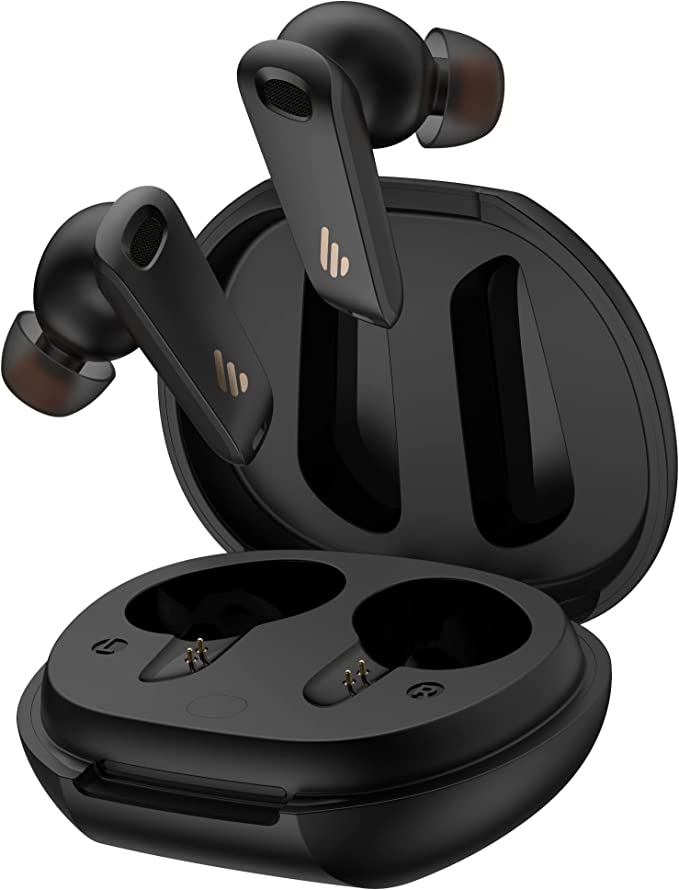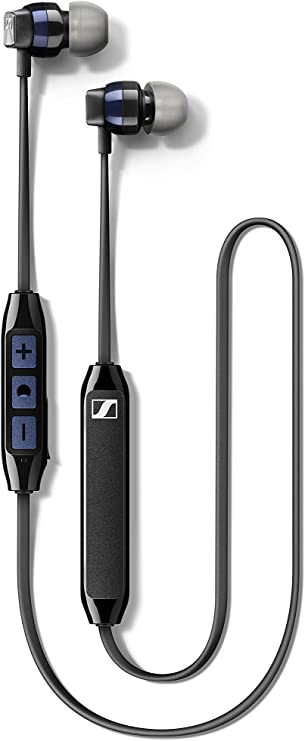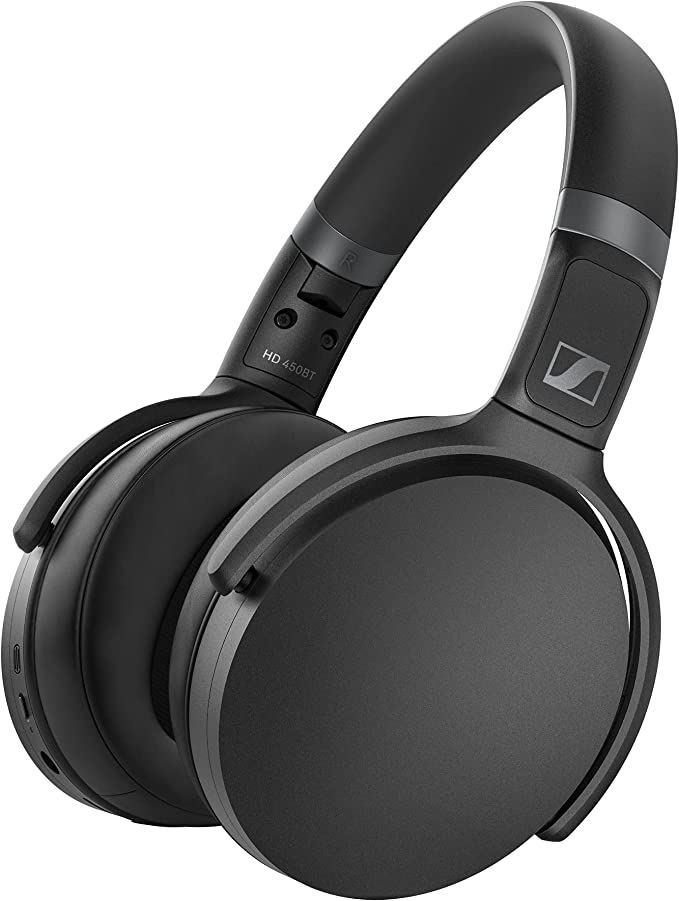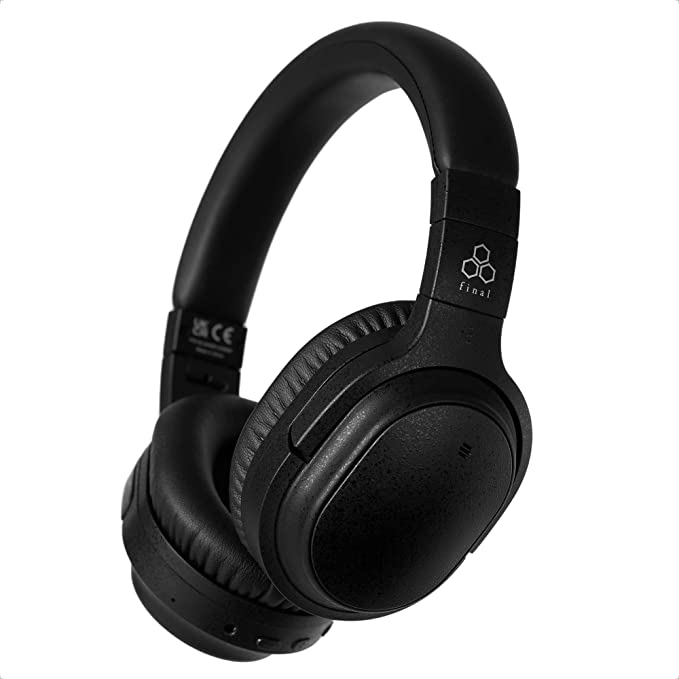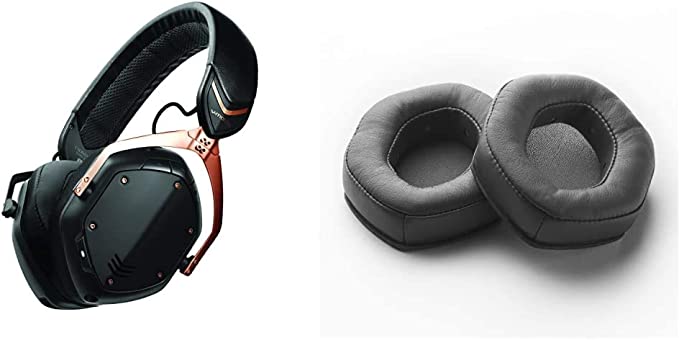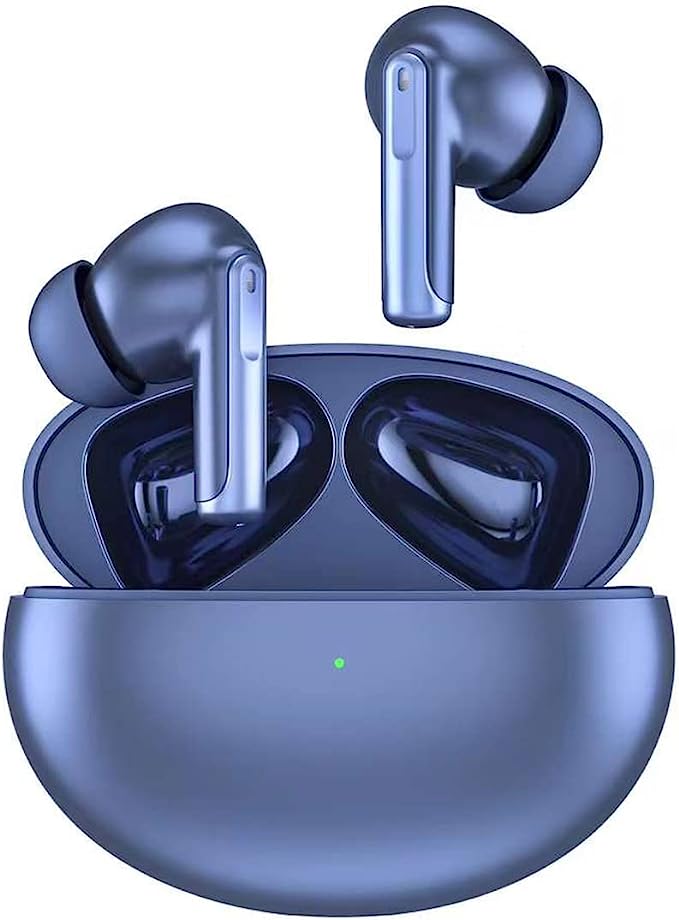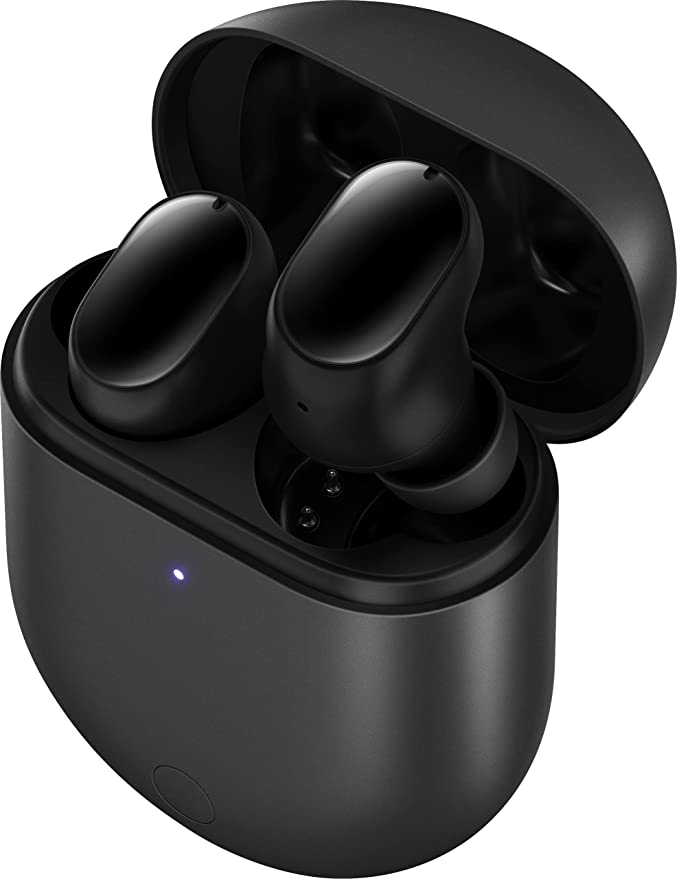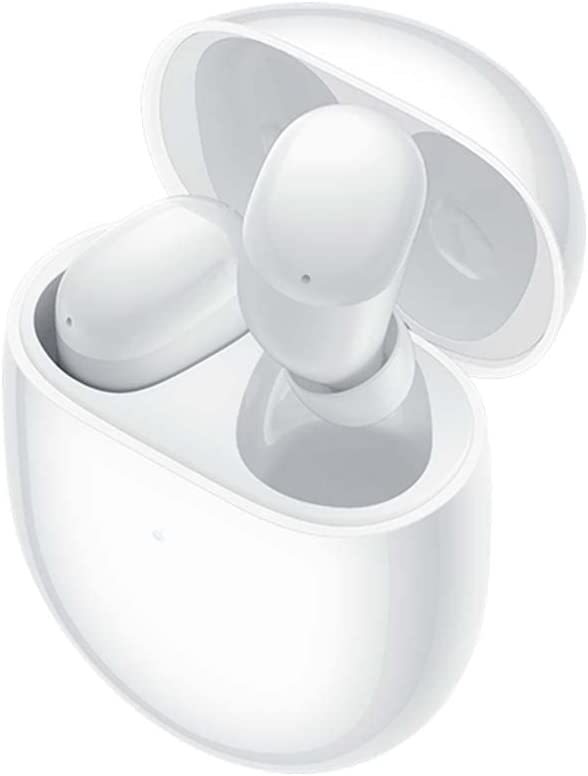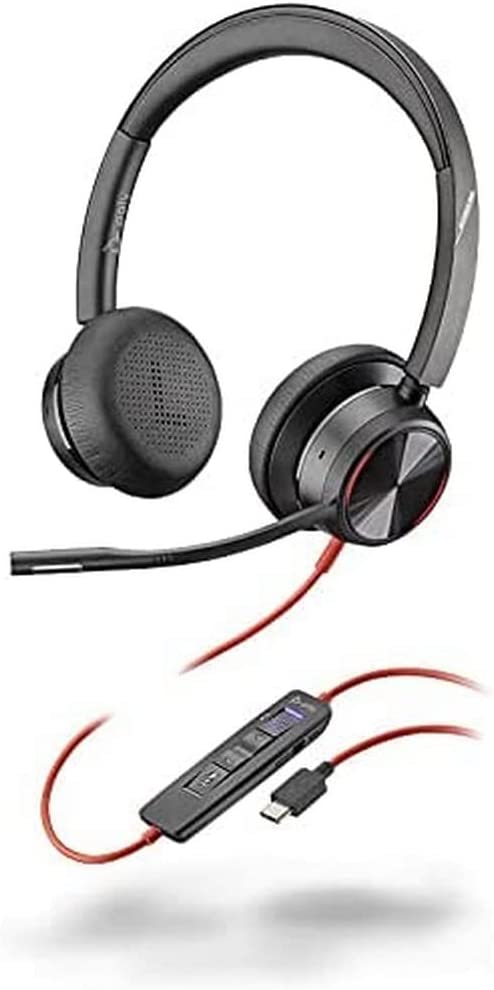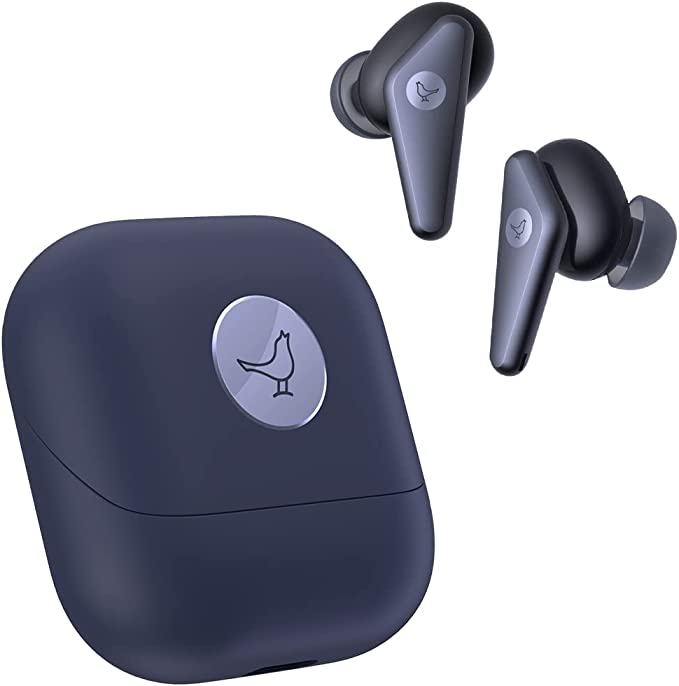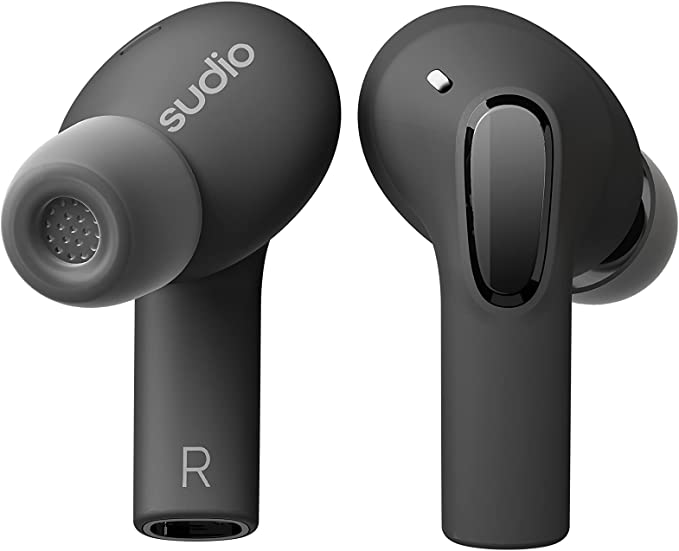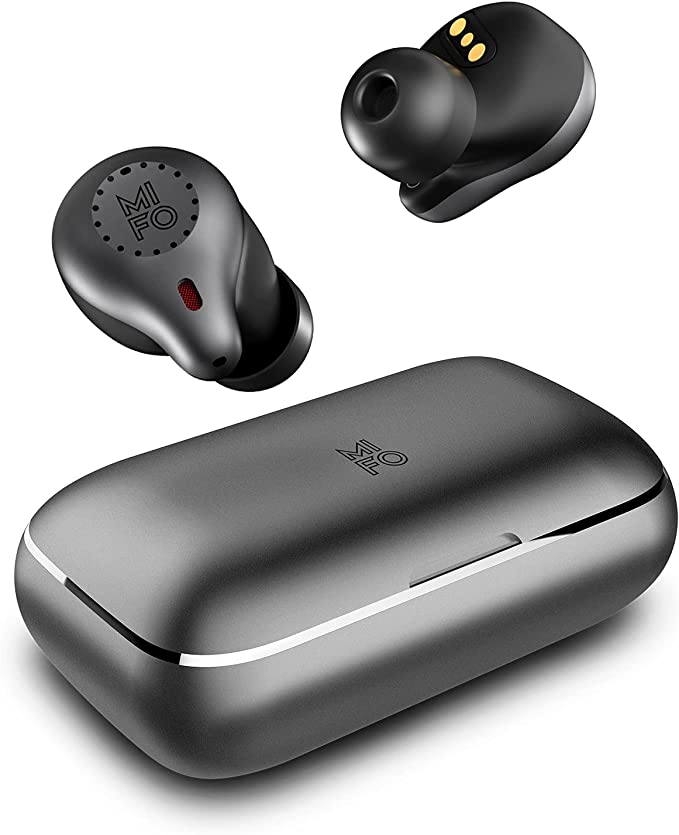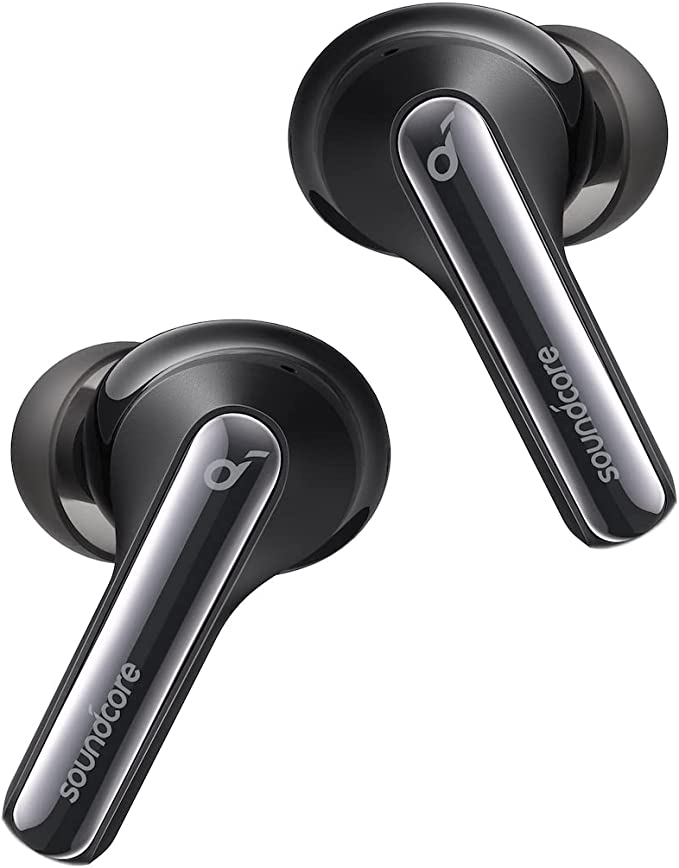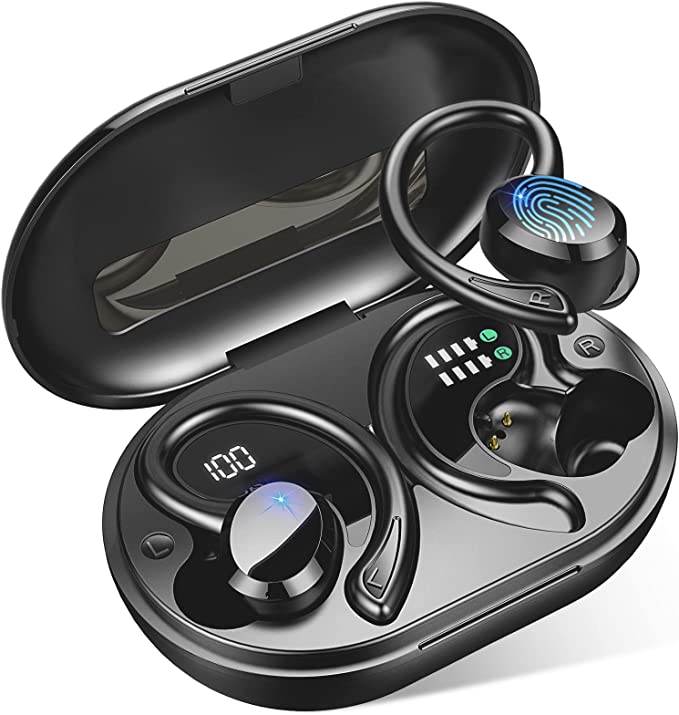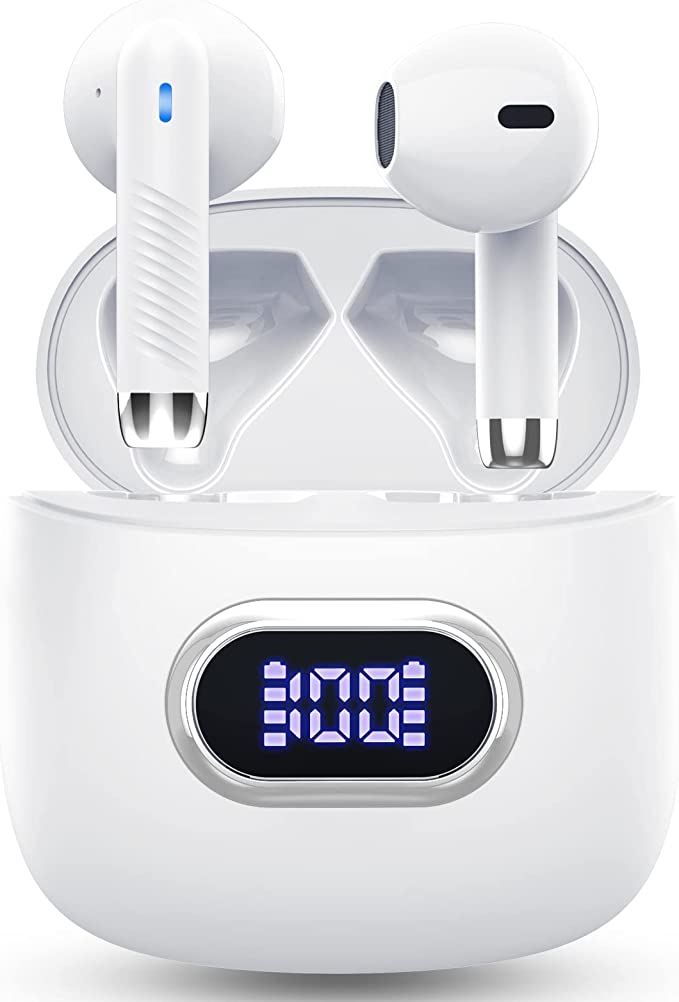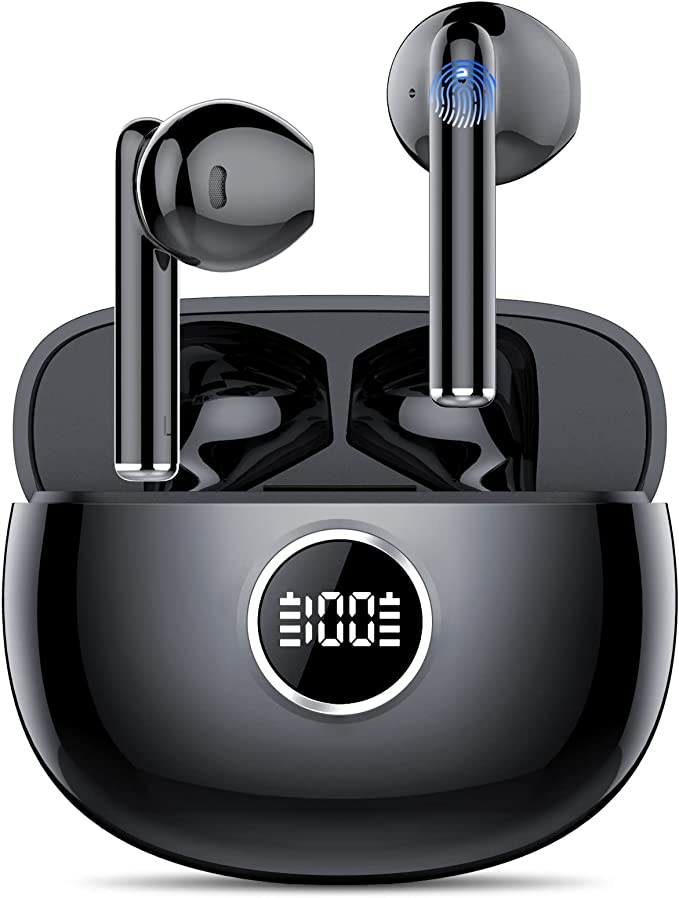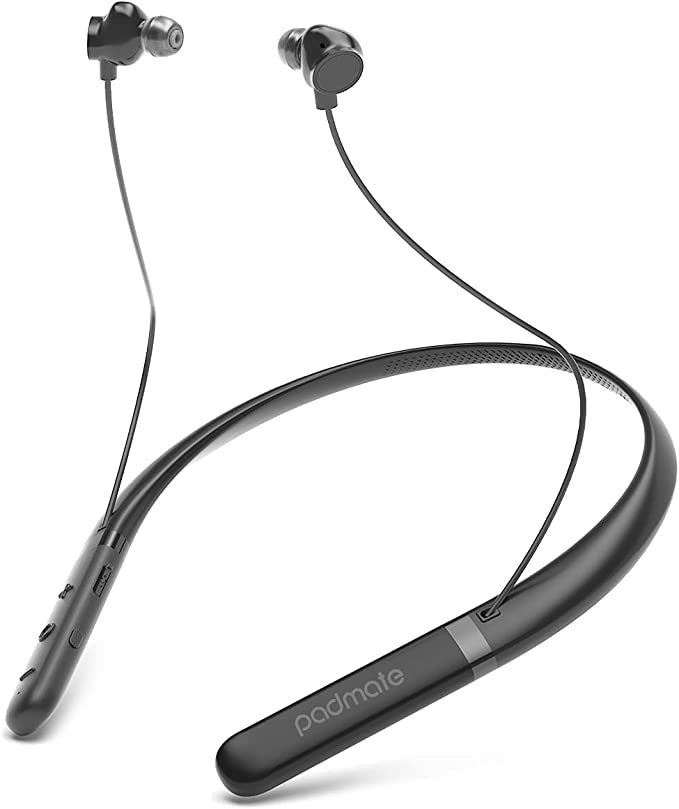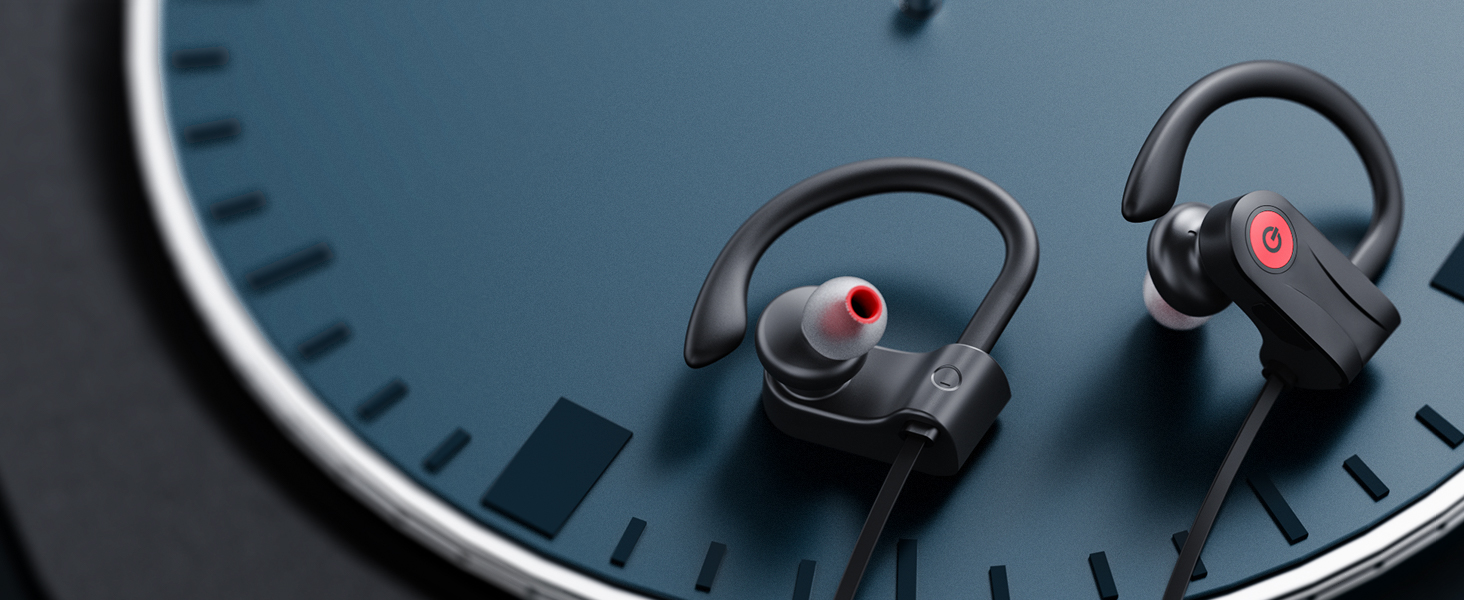The "Perfect Spec" Ghost: A Lavales E600Pro Case Study in Tech vs. Reality
Update on Nov. 14, 2025, 12:15 p.m.
Every shopper in the budget-to-mid-range audio market is looking for “the one”—that magical, undiscovered product that offers $300 features for a $100 price. On paper, the Lavales E600Pro was that product.
Its spec sheet, even by 2025 standards, is a “holy grail” of audio technology. It promised everything:
* Hi-Res Audio with aptX-HD (for audiophile sound)
* aptX-Low Latency (for gaming and movies)
* Hybrid Active Noise Cancellation (for you)
* cVc 8.0 Noise Reduction (for your caller)
* An insane 80-hour playtime (45 with ANC)
* Bluetooth 5.2 with Multi-Point Connection
This is not just a good spec sheet; it’s a perfect one. Which makes its 4.0-star rating (from 130 reviews) and “Currently unavailable” status so revealing.
This isn’t a review of a product you can buy. It’s a “first principles” autopsy of a “ghost” headphone. The Lavales E600Pro is a critical case study in the “too good to be true” trap—a lesson in why build quality and brand support are more important than a “perfect” spec sheet.

## The “Dream” vs. The “Reality”
The E600Pro’s 4.0-star rating is a mathematical average of two violently opposed experiences: the 5-star “Dream” of its specs, and the 1-star “Nightmare” of its reality.
### The 5-Star “Dream”: A Perfect Spec Sheet
The E600Pro’s initial 5-star reviews were, understandably, glowing. Users praised its “Very good value for money,” “Very comfortable” fit, and “good sound quality.” This is because the technology it licensed was, in fact, top-tier.
1. The “Audiophile” Codec: aptX-HD
This is a high-resolution audio codec from Qualcomm that allows for 24-bit/48kHz streaming at a high bitrate (~576 kbps). It’s a massive step above standard Bluetooth (SBC) and delivers the “Hi-Res Audio” it promised.
2. The “Gamer/Movie” Codec: aptX-LL (Low Latency)
This is the real unicorn. aptX-LL is a codec that guarantees ultra-low latency (sub-40ms), eliminating the audio delay (lag) in games and movies. Almost no modern headphone includes this anymore. The QCC3034 chip’s support for it was a huge selling point.
3. The “Dual-Front” Noise Cancelling: Hybrid ANC + cVc 8.0
Like the Poly Blackwire, this headphone promised to solve the “two-way” problem:
* Hybrid ANC (with 5 mics) to create a “quiet zone” for you.
* cVc 8.0 to use its beamforming mics to filter out background noise for your caller.
4. The “Endless” Battery: 80-Hour Playtime
Finally, an 80-hour battery (45 with ANC) is class-leading. This, plus Multi-Point Connection (to pair a phone and laptop) and NFC Fast Pairing, made it the perfect “do-it-all” headphone on paper.

### The 1-Star “Nightmare”: The Fatal Flaws
So, why did it fail? The 1-star reviews (10% of the total) are not about “weak bass” or “bad fit.” They are about catastrophic failure.
Flaw 1: Disastrous Build Quality
A product with “perfect” internal electronics is useless if its physical housing disintegrates.
“Good sound but structually a piece of garbage… they fell apart within a few months and completely self destructed within a year.” - Kindle Customer (2-stars)
Flaw 2: Critical Hardware Failure
A 5-star battery is worthless if the charging circuit dies.
“Battery Failure… after 8 months they just died. they wouldn’t turn on.” - Jeff (1-star)
“Acheté il y a 2 mois et ne recharge plus.” (Bought 2 months ago and will not charge anymore.) - Legmaster (1-star)
Flaw 3: The “Ghost” Company (The Real Lesson)
This is the final, fatal blow. A product is only as good as its warranty.
“Warning!! Manufacturer did not honor warranty and does not communicate!“
“They have disappeared, don’t return any communications, and are not honoring their warranty.” - Jeff (3-stars)
“DO NOT BUY FROM THIS SELLER… stopped working in September… No response… buy from a seller that is willing to… honour the product warranty.” - Urban (1-star)

## Coda: The “Spec Sheet” Trap
The Lavales E600Pro is a cautionary tale for the modern consumer. It is a “ghost” headphone—a product that likely bankrupted its own startup (Lavales, founded 2021) because it over-promised on specs and under-delivered on execution.
It proves that a “Qualcomm QCC3034” chip and “aptX-HD” are worthless if the plastic housing self-destructs or the charging port fails.
This is the “spec sheet” trap. The $110 Anker Soundcore Q35 (a 4.4-star product) has “worse” specs on paper (no aptX-LL, “only” 40H battery), but it is backed by Anker—a company with a proven track record of build quality and warranty support.
The E600Pro is a $100 lesson: A spec sheet is a promise. A brand name is the guarantee that someone will pick up the phone if that promise breaks.

